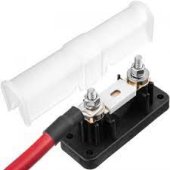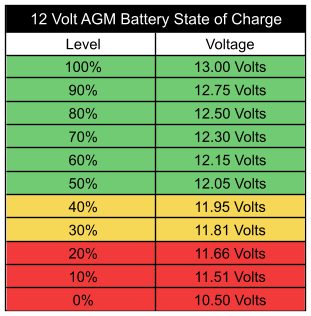Hi,
If my question has been posted in the wrong forum I apologize.
My system:
Off grid home system with 3 50W solar panels in parallell, 1 EPEVER MPPT Triron 2210N charge controller, 2 80Ah flooded lead acid batteries in parallell and 1 1000W inverter (in going current reduced by 40A fuse). Charge controller and inverter are connected to the batteries: plus on one battery and minus on the other. The battery settings on the charge controller is flooded and 80Ah, as it should be.
Today I connected my off grid solar system and though it is winter and low sun were I live in Sweden it seem to work but there is one thing that bothers me. All equipment is brand new but the batteries was not fully charged when I got them so I charged them with my regular 12V charger until they where fully charged according to the LED indicator on the charger. Now they both have 13.05V. When connected to the charge controller it says that they only have about 70% capacity! If I disconnect all cables and reconnect only the charge controller to one battery at the time it says the same thing: 70%. What is going on?
Is there something I've missed or is either the batteries, the regular charger or the charge controller malfunctioning?
Best regards
Kahavia
If my question has been posted in the wrong forum I apologize.
My system:
Off grid home system with 3 50W solar panels in parallell, 1 EPEVER MPPT Triron 2210N charge controller, 2 80Ah flooded lead acid batteries in parallell and 1 1000W inverter (in going current reduced by 40A fuse). Charge controller and inverter are connected to the batteries: plus on one battery and minus on the other. The battery settings on the charge controller is flooded and 80Ah, as it should be.
Today I connected my off grid solar system and though it is winter and low sun were I live in Sweden it seem to work but there is one thing that bothers me. All equipment is brand new but the batteries was not fully charged when I got them so I charged them with my regular 12V charger until they where fully charged according to the LED indicator on the charger. Now they both have 13.05V. When connected to the charge controller it says that they only have about 70% capacity! If I disconnect all cables and reconnect only the charge controller to one battery at the time it says the same thing: 70%. What is going on?
Is there something I've missed or is either the batteries, the regular charger or the charge controller malfunctioning?
Best regards
Kahavia






